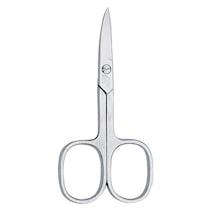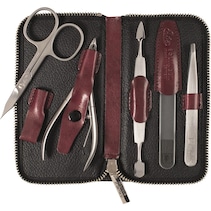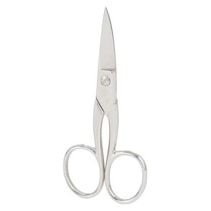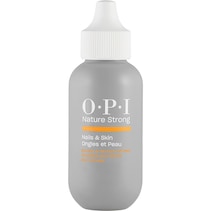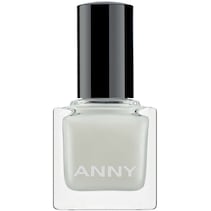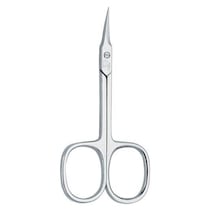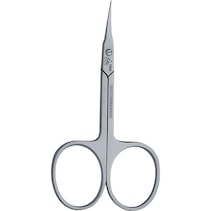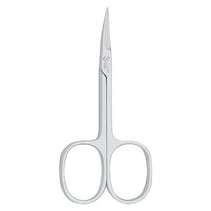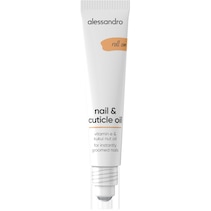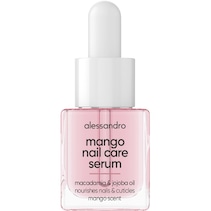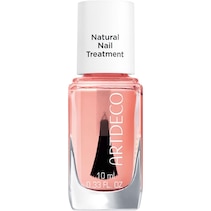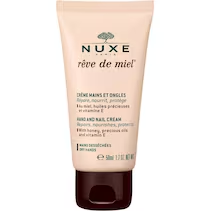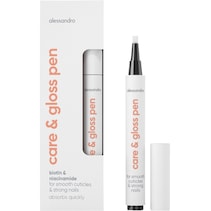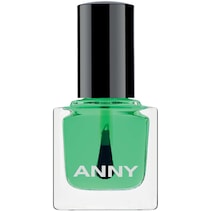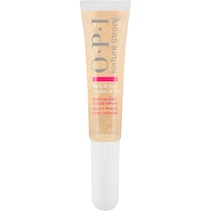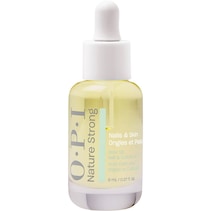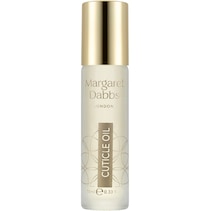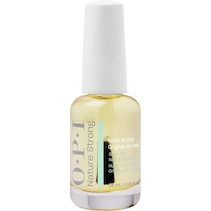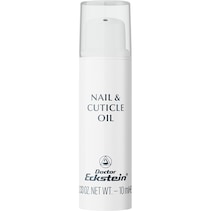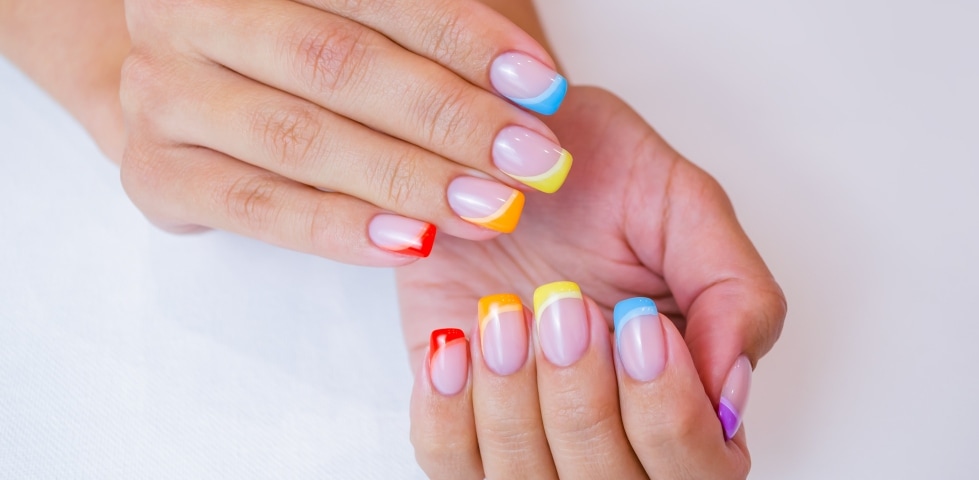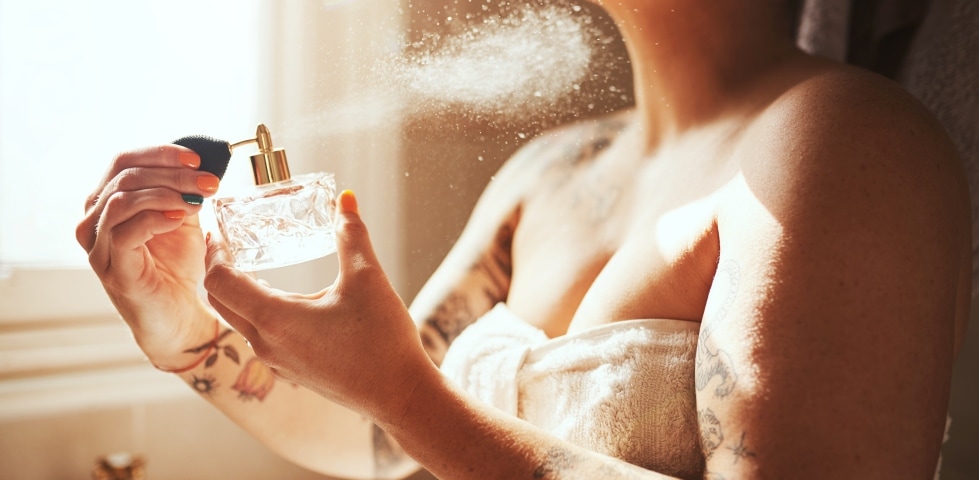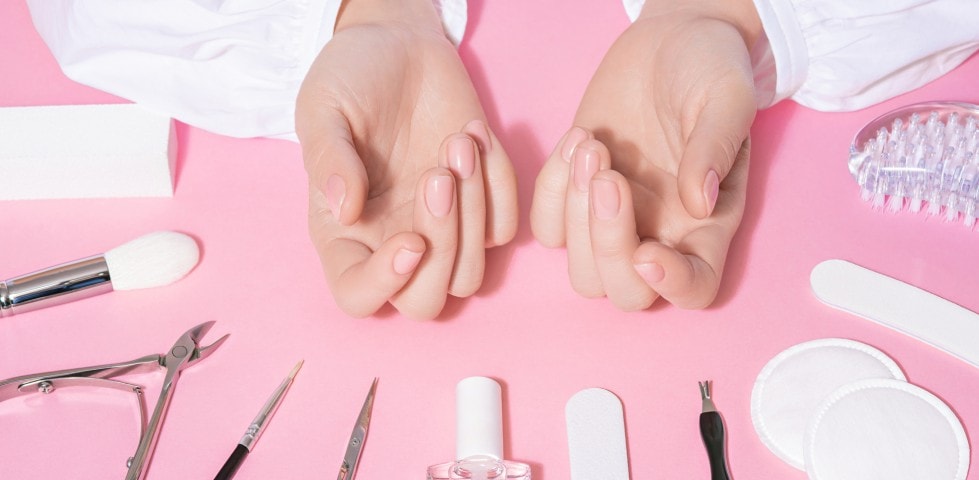
Table of contents
Why should you remove cuticles?
Cuticles play an important role in protecting the nail bed from bacteria and infections. We mainly remove them for aesthetic reasons. In rare cases, however, the cuticles can become hardened and impair nail growth. In that case, it’s also advisable to remove them.
There are several reasons why cuticle removal is a good idea:
- Removing the cuticles gives your nails a more well-groomed appearance.
- If the cuticles are dry, they can tear and cause pain. Removing the cuticles prevents them from tearing.
- It’s much easier to apply nail polish evenly if the cuticles have been removed.
There are also arguments against cuticle removal. For example:
- Cutting the cuticles too far back can cause injury and inflammation. The cuticle is the barrier that prevents dirt and bacteria from getting into the nail bed, and this protective function can be lost if the cuticle is removed.
What methods are there for cuticle removal?
There are various methods for cuticle care and removal. The most important thing to remember is to be careful so you avoid injury.
1. Pushing the cuticles back
Carefully pushing back the cuticles is a gentle way to keep your nails looking neat. The advantage of this method is that there is no risk of injury and the protective function of the cuticles is preserved. The disadvantage is that the cuticles remain in place and can become hardened.
2. Removal of cuticles with scissors or nippers
The advantage of this method is that it creates a smooth nail contour without protruding cuticles. However, unless you work carefully and hygienically, there is a risk of injury and inflammation.
A step-by-step guide to removing cuticles
Follow these four steps for gentle cuticle removal:
1. Soak the cuticles
Soaking the cuticles makes them easier to remove and prevents injuries. The following are suitable for this purpose:
- Special cuticle removers soften cuticles particularly quickly. The name is a little misleading, though, because they don’t actually remove the cuticles, they just soften them and prepare them for removal.
- You can also use home-made cuticle soaks such as a lukewarm hand bath with a little lemon juice. It softens the skin and has a mild antibacterial effect. A little olive or coconut oil can also be added.
2. Push back the cuticles
Once the cuticles are soft you can carefully push them back using a special wooden or metal cuticle pusher. Wooden pushers are usually made of rosewood, which is splinter-free and relatively soft, so it won’t damage the cuticles. They also have no sharp edges, so there’s no risk of injuring the skin.
3. Trim the cuticles
The excess cuticles can now be carefully trimmed with special cuticle scissors or nippers. Start at the edge and work your way carefully along each cuticle. To avoid injury, only remove cuticles that have already been loosened from the nail plate with the cuticle pusher.
Important
Never use conventional nail scissors to trim the cuticles because they have very sharp tips that can damage the skin around the nail. Also avoid using electric cuticle trimmers yourself because there’s a risk of injury. Electric trimmers are best left in the hands of the beauty salon professionals.
4. After-care
When you have removed the cuticles, treat your nails and the skin surrounding them to a moisturising nail care product. This will prevent the skin from becoming dry and cracked.
Nail scissors
Cuticle remover
Nail care
What are the most common mistakes when removing cuticles?
There are a few mistakes you can make when removing cuticles. For example, cuticles that are too dry can become cracked or torn in the removal process. If you accidentally nick and injure the skin when removing cuticles, there is a risk of infection. And if you forget to moisturise the skin after cuticle removal it can become dry and cracked. You should also be particularly careful with hard metal tools, as they can damage the sensitive skin.
Push back or remove cuticles?
Pushing back the cuticle is a very gentle method. Although this technique is not associated with any risk of injury, the cuticles remain visible.
In contrast, removing the cuticles has the advantage of making the nails look neat and well-groomed. Trimming off all the cuticles makes the nail appear smooth and even. It also makes the nail bed look longer. The downside to this method is an increased risk of infection, especially if it isn’t done hygienically and with the utmost care. Unhygienic working can mean that dirt and bacteria get into small wounds and cause infection. That’s why it’s so important to ensure that the utensils used are thoroughly cleaned and a careful technique is used.


